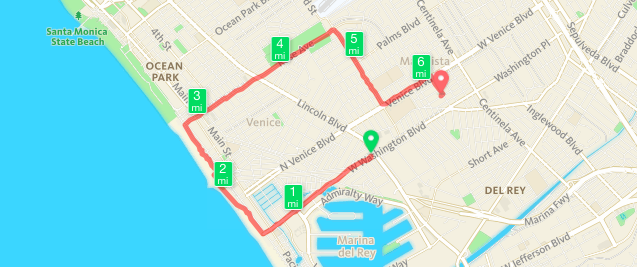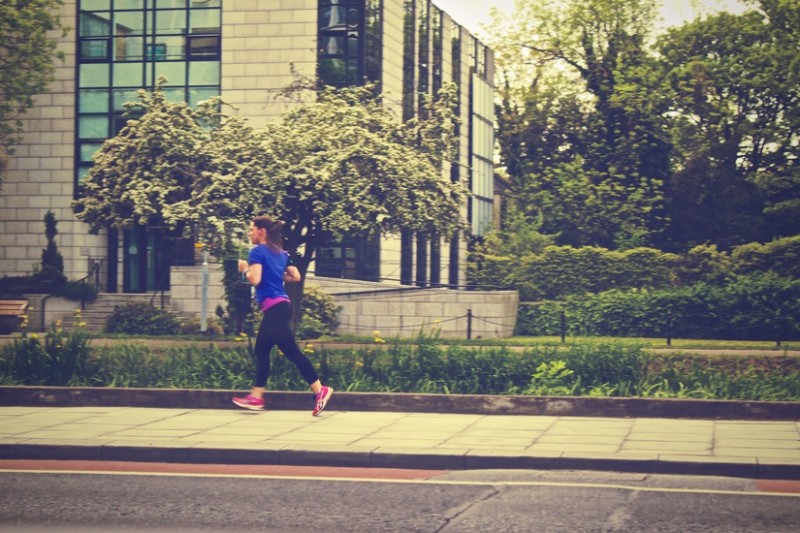[Disclosure: QS Labs also has funding from the Robert Wood Johnson Foundation.]
“Typically, this type of research takes a long time and includes long, arduous surveys or giving out GPS devices to participants,” said Dr. Chunara. “But with this type of data from apps people already use, we will be able to understand how the environment and exercise are related over more rapid and longer time periods.”
By analyzing the data, the research team hopes to understand differences in exercise choice between commuting and recreational activities, variation in activities among neighborhoods, and where people spend their time while being active.
Participants who enroll in Keeping Pace will be asked to complete a short demographic survey and then connect their Runkeeper account so researchers can access the type of activities they do and the GPS-based map associated with the activity.
The Genesis for Keeping Pace
A few years ago, Dr. Rumi Chunara was at a meeting hosted by the U.S. Department of Health and Human Services in Washington D.C.. She was invited to present and speak with colleagues about the growing importance of citizen science and crowdsourced data. There she met Jason Bobe, executive director of PersonalGenomes.org, a project that hosts publicly-available health and genetic data.
Bobe and Chunara chatted about some of their common interests in creating new models for research participation. This year, when it came to build out the infrastructure for the Keeping Pace study, Chunara decided to get back in touch with Bobe and his colleagues, who were now developing a project called OpenHumans.org.
Open Humans represents a new way of thinking about research studies, participants, and the data being transferred between the two. The mission is to make health-related data available for researchers and scientists to mine for discoveries. Bobe has previously described it as “like open-sourcing your body.”
The two teams, Open Humans and Dr. Chunara’s lab at NYU, worked together to develop an easy method for individuals to let researchers access their Runkeeper data, and also maintain control over where and how that data flowed. It sounds like a lot of work, but it takes no more than five minutes for a participant to complete.
An Explosion of Health Data
It’s an exciting time for public health researchers. Thanks to the proliferation of sensors, wearables and smartphones, we are generating a vast amount of data about our lives. Meanwhile, the federal government is setting aside millions in funding for projects like the Precision Medicine Initiative, which are aimed at deriving insights from all this health and genetic data.
But what about the individuals who create that valuable data? People, like myself, who strap on their phones when they go out for a run or log onto a website to report their flu symptoms? What do they have a right to in regards to their data? This is the question many researchers and scientific institutions are still grappling with. But some have already taken a stand.
Dr. Chunara and her colleagues chose to work with Open Humans because they shared the same perspective — that the individual should ultimately be in control of their data.
The researchers are approaching the study with a different approach in mind. But as with any study, recruitment is a challenge. Dr. Chunara and her colleagues hope to enroll a thousand individuals by the end of summer. But it remains to be seen whether people really want to “open source” their personal data and engage in this new type of research.
Today, Keeping Pace is the first study to use Open Humans for data access and management for a research study. If successful, researchers may not only learn about exercise and the environment, but also about how studies that place an emphasis on participants’ data access and control may engage the public in new ways.
Keeping Pace is currently enrolling participants. If you’re a Runkeeper user and want to contribute your data to research, please visit the study website to learn more.

